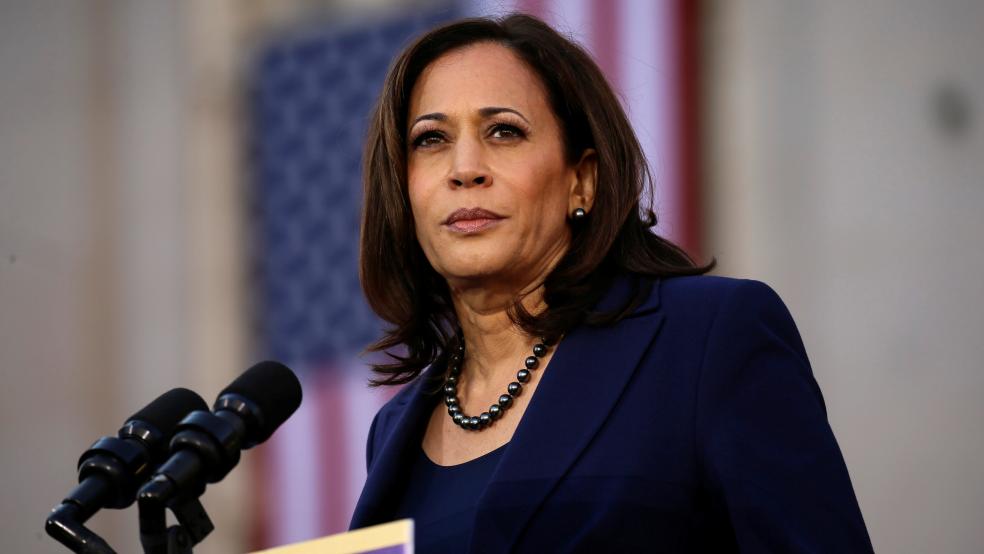Sen. Kamala Harris of California released a plan Monday to provide universal health care in the U.S. by expanding Medicare while maintaining a major role for private health insurers.
Issued ahead of the next round of debates for Democratic presidential candidates, the proposal falls somewhere between Sen. Bernie Sanders’ proposal to eliminate all private insurance and Joe Biden’s plan to add a public option to the existing Affordable Care Act exchanges. “Slower than Bernie Sanders, but more ambitious than Joe Biden,” said Politico’s Dan Diamon and Christopher Cadelago.
Here’s what the plan, already dubbed “KamalaCare,” would do:
- Enable all Americans to buy into Medicare immediately, with newborns and the uninsured being enrolled automatically.
- Cover most medical services, including vision, dental, emergency room visits, mental health and reproductive health.
- Allow private insurers to offer competing plans, which would function something like Medicare Advantage, providing private alternatives that meet basic conditions defined by the government.
- Apply the pricing and quality rules established by the Medicare system to all health care plans, after a 10-year transition period.
- Allow people to purchase supplemental insurance to cover options like cosmetic surgery.
- Allow businesses to continue offering private health insurance to their employees.
- Raise revenues by taxing stock trades and offshore corporate earnings and by imposing a 4% tax on households earning over $100,000 (with a higher threshold in high-cost areas) – a package that is intended to raise “well over” $2 trillion over 10 years.
Harris’s proposal differs from Sander’s Medicare for All plan (on which Harris is a co-sponsor) in several important ways, said Vox’s Li Zhou:
- It allows private insurers to continue to play a major role in the system, as long as they meet requirements on costs and benefits.
- It extends the transition period for reaching universal coverage to 10 years, compared to four years in Sanders’ plan.
- It exempts households earning less than $100,000 from paying additional taxes to pay for the plan; Sanders’ plan calls for a 4% tax on all households earning more than $29,000 to help fund his ambitious proposal.
Sarah Kliff of The New York Times said the Harris plan has parallels in other wealthy, industrialized nations. “The idea that Harris is proposing is, in health wonk parlance, a multi-payer universal coverage system,” Kliff wrote. “It's the type of system you see in the Netherlands, Germany, Japan, to name a few examples.”
Andy Slavitt, who ran the Centers for Medicare and Medicaid Services agency in the Obama administration, said the Harris plan “balances idealism and pragmatism. It says in effect: We have a mandate to get everyone affordable health care and put people over profits — but we don’t need to tear down the things people have and they like in order to do it.”
The proposal leaves many questions unanswered, however, including its cost at both the individual and aggregate level. And as Zhou points out, it faces enormous hurdles, including likely resistance from the health care industry and near-certain opposition from Republican lawmakers.
Kristine Grow, a spokesperson for America’s Health Insurance Plans, an industry trade group, said the Harris proposal “puts us on a slippery slope to Medicare for all” and warned that Americans “will have to pay more, to wait longer, for worse care.”




